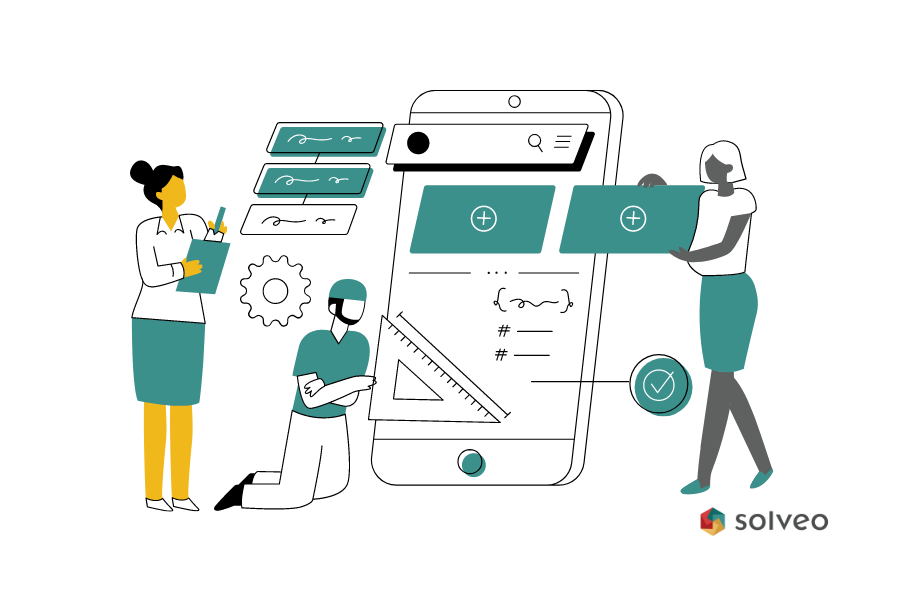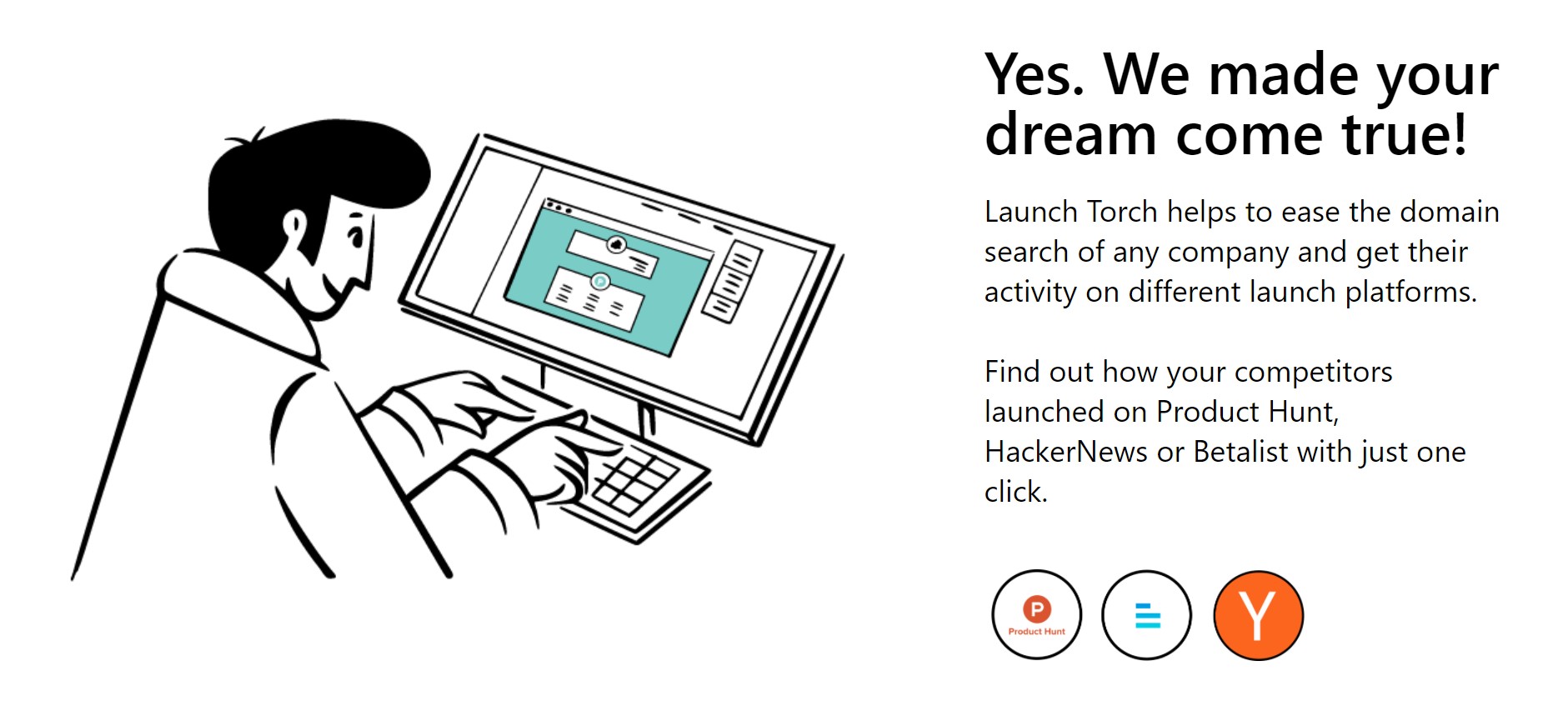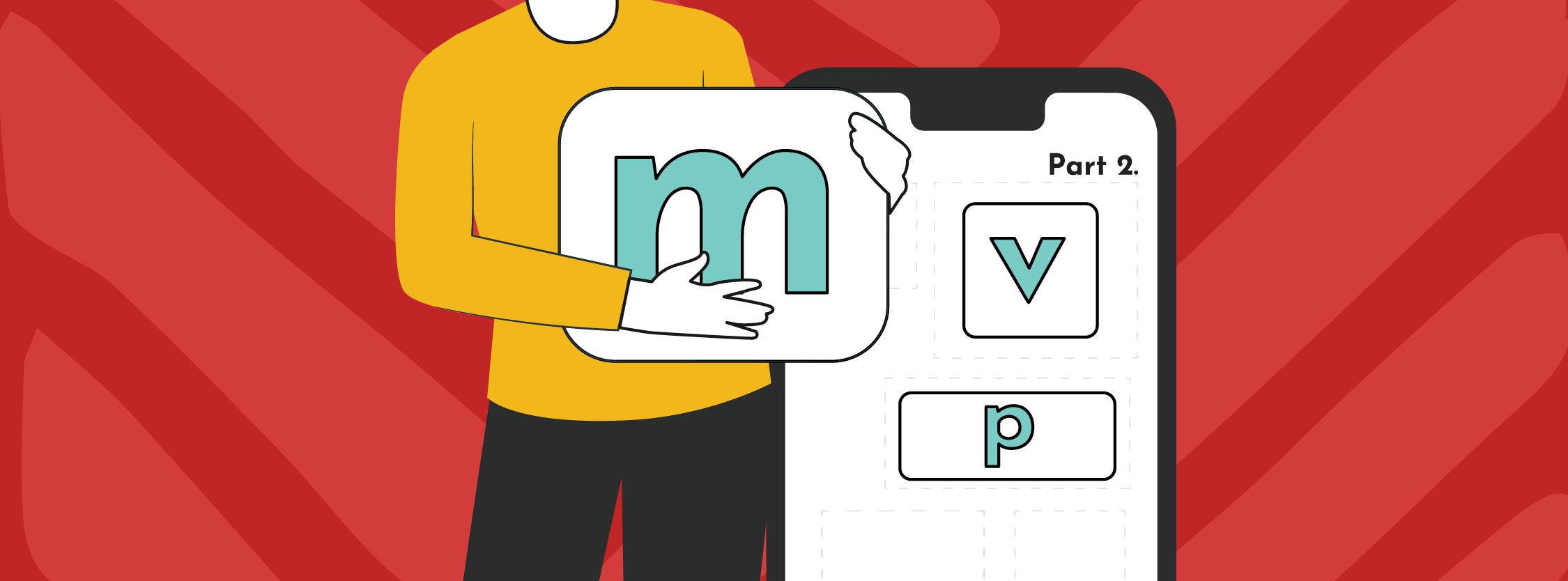Contents
This is the second article of our series about the concept of Minimum Viable Product (MVP).
Many entrepreneurs develop products based on concepts that they never tested with real customers. As a result, those products never sell, wasting a lot of time and money. Those companies believe that they already know what customers want without doing any research.
In our previous article of this series, we already talked about how building an MVP can help you overcome this challenge. As we mentioned, an MVP is the version of your product that contains only the core functionalities that allow the team to collect user feedback with minimal effort. This helps you avoid negative consequences like wasting time and money, and it will almost definitely save you months of lost effort if you take the wrong way with your product.

Businesses can use an MVP to showcase their products or services to their target audience, gather rapid feedback, and iterate the product as needed. However, when focusing on the MVP, organizations frequently overlook the need to validate.
Extensive development of MVPs is a waste of time and resources because you have a limited target audience. Instead, you only need to put in a minimal effort to get feedback and focus on the validation strategy to ensure what you’re developing is the right thing.
To obtain a customer’s approval, the product must glide past each test level before moving on to the next. In this case, developing an MVP isn’t enough; a validation strategy for an MVP is also necessary.
How to validate your Minimum Viable Product?
Here are some validation strategies you can use to ensure your MVP is going in the right direction.
- Perform market research
If you’re working on an MVP, you’ve decided on a basic concept for a product you want to build and are making efforts to make it a reality. Before beginning development, conducting market research will assist you in determining the feasibility of your new product or service.
Use surveys, focus groups, and other methods to learn more about your target consumer base during this phase. However, some concepts do not meet the demands of the market. In reality, more than 40% of startup failures are due to a lack of actual product demand.
Check to determine if your concept meets the demands of your target users before you start developing an MVP. The more data you acquire about your consumers, such as their demographics, preferences, and general product requirements, the better your chances of success will be.
- Create landing pages
Landing pages highlight a business or product’s primary qualities, and target users are invited to join up. The way potential consumers interact and communicate on a landing page might reveal their level of interest.
Tracking visitor data using tools like Google Analytics and CrazyEgg should always be done after creating a landing page. Furthermore, it’s a fantastic method to compare your MVP product to what buyers anticipate from a product on the market. You’ll also need a compelling value proposition and meaningful calls to action.
- Use explainer videos
Using videos to engage your consumers is an excellent method to put your MVP to the check. Make a short video for your target audience that describes your product. It should illustrate how customers will use your product. Moreover, it should show the way it solves the problem your customers have. This can generate some interest even before the product is out and collect some leads.
Dropbox is the most famous example for a video MVP, creating an animated explainer video that was detailed enough to get 75,000 people to sign up for the beta version of their product within 24 hours.
How we built two products, starting with MVPs?
Zero to Users
Zero to Users is one of our products that started as an MVP. Zero to Users takes a data-driven method to answer your dilemma: Which acquisition channel/s should you invest your advertising efforts to yield the best results? The intend is to reveal the key to global company success. The service has already been highlighted on Indie Hackers, YCombinator, and StackedMarketer just a few months after its inception.
Zero to Users is a massive database of founders’ discoveries, quotations, and other essential material from over 100 sectors and niches that can help you get to your first users faster. The objective was to uncover the 20% of actions that led to 80% of the outcomes and determine who was successful.
Zero to Users got 2,000 subscribers in the first two months, and a single blog article on Indie Hackers validated the concept. The blog went viral because of the phenomenal feedback we gained from the community. The service now has 7,000 subscribers.

Launch Torch
Another product we are preparing to launch is Launch Torch. It helps companies discover how their competitors launched on Product Hunt, HackerNews, or BetaList.
As we’ve helped more than 30 companies launch worldwide, we’re confident that we can help many more companies launch successfully. For this product, we’re using Reddit as a validation tool. The goal is to find early adopters and get feedback to improve it and make it more user-centric before the official launch.

Wrapping up
To summarize, creating and delivering a minimum viable product is an excellent method to validate your concept early on. Validating is vital for gauging consumer interest and possible profitability. Use the methods mentioned above to make your product the finest in the market, which your target audience would want to use.
Thank you for reading the second part of our four-piece series on MVPs. In the next part, we’ll provide a guide on how to build an MVP and what are the best practices.
Other parts:
- Minimum Viable Product (Part 1): What is it, and why do you need it?
- Minimum Viable Product (Part 2): Read before you start building it THIS PART
- Minimum Viable Product (Part 3): How to build it and what mistakes to avoid?
- Minimum Viable Product (Part 4): What to do after? TO FOLLOW

